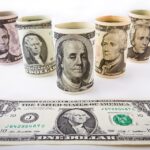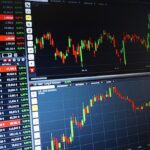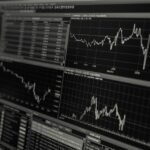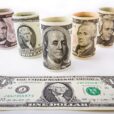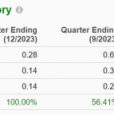

Source: Stromness Lifeboat
The first self-righting vessel was a lifeboat, designed in 1789. It needed to be able to weather the most extreme conditions and its eventual introduction (in the 1840’s) transformed the business of recuse at sea forever. The current level of debt, especially in the developed economies, seems to be acting rather like the self-righting ship. As economic growth accelerates and labor markets tighten, central banks gradually tighten monetary conditions in expectation of inflation. As short-term rates increase, bond yields follow, but, unlike the pattern seen in the higher interest rate era of the 1970s and 1980s, the effect of higher bond yields quickly leads to a tempering of credit demand.
Some commentators will rightly observe that this phenomenon has always existed, but, at the risk of saying this time it’s different, the level at which higher bond yields act as a break on credit expansion are much lower today in most developed markets.
When in doubt, look to Japan
For central bankers, Japan is the petri dish in which all unconventional monetary policies are tested. Even today, QQE – Quantitative and Qualitative Easing – is only seriously being undertaken in Japan. The Qualitative element, involving the provision of permanent capital by the Bank of Japan (BoJ) through their purchases of common stocks (at present, still, indirectly via ETFs), remains avant-garde even by the unorthodox standards of our times.
Recently the BoJ has hinted that it may abandon another of its unconventional monetary policies – yield curve control. This is the operation whereby the bank maintains rates for 10yr maturity JGBs in a range of between zero and 10 basis point – the range is implied rather than disclosed – by the purchase of a large percentage of all new Japanese Treasury issuance, they also intervene in the secondary market. During the past two decades, any attempt, on the part of the BoJ, to reverse monetary easing has prompted a rise in the value of the Yen and a downturn in economic growth, this time, however, might be different – did I use that most dangerous of terms again? It is a long time since Japanese banks were able to function in a normal manner, by which I mean borrowing short and lending long. The yield curve is almost flat and any JGBs with maturities shorter than 10 years tend to trade with negative yields in the secondary market.



